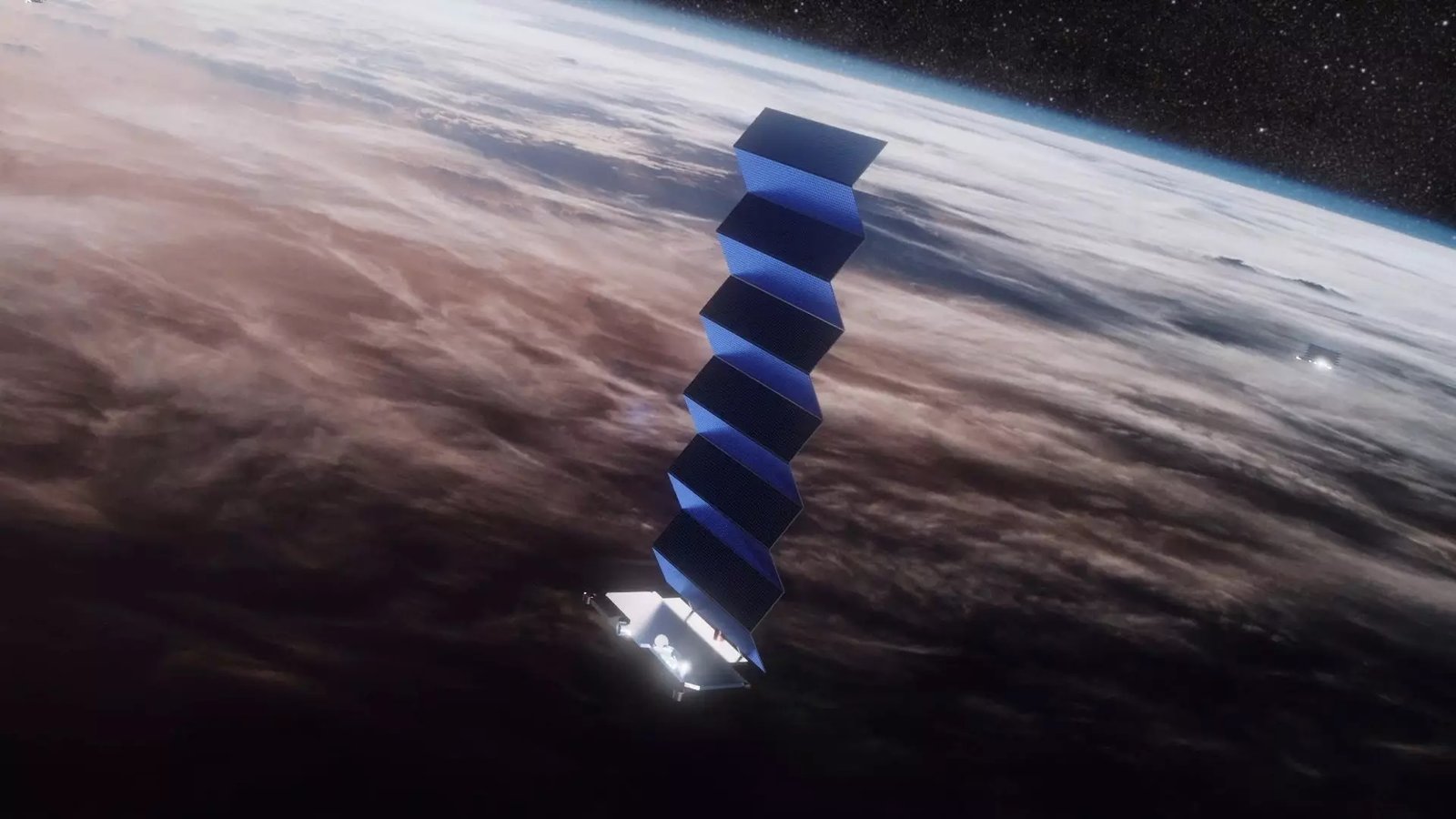For the reader on the go:
During the launch of its latest internet-beaming Starlink satellites, SpaceX revealed vital details about it. It claimed that the satellites have shown “super-low latency to play the fastest multiplayer games, stream multiple HD videos with a download speed is greater than 100 Mbps.”
Starlink is SpaceX’s ambitious plan to launch nearly 12,000 satellites into low orbits around Earth to provide broadband coverage to the ground below.
Dive deep:
SpaceX has confirmed several key information about Starlink through SpaceX engineer Kate Tice in a recent webcast. The project is yet in the beta phase. The mind behind Tesla, SpaceX, Hyperloop, SolarCity, Boring Company, OpenAI and much more have described it as a “UFO on a stick.”
Following are the features of Starlink:
- High-speed internet access across the globe
With performance that far surpasses that of traditional satellite internet, and a global network unbounded by ground infrastructure limitations, Starlink will deliver high-speed broadband internet to locations where access has been unreliable, expensive, or completely unavailable. Starlink is targeting service in the Northern U.S. and Canada in 2020, rapidly expanding to near-global coverage of the populated world by 2021.
2. Keeping space clean
Starlink is on the leading edge of on-orbit debris mitigation, meeting or exceeding all regulatory and industry standards. At the end of life, the satellites will utilize their onboard propulsion system to deorbit over the course of a few months.
In the unlikely event the propulsion system becomes inoperable, the satellites will burn up in Earth’s atmosphere within 1-5 years, significantly less than the hundreds or thousands of years required at higher altitudes.
3. Less Mass, More Compact
Each satellite weighs approximately 260kg and features a compact, flat-panel design that minimizes volume, allowing for a dense launch stack to take full advantage of the launch capabilities of SpaceX’s Falcon 9 rocket.

